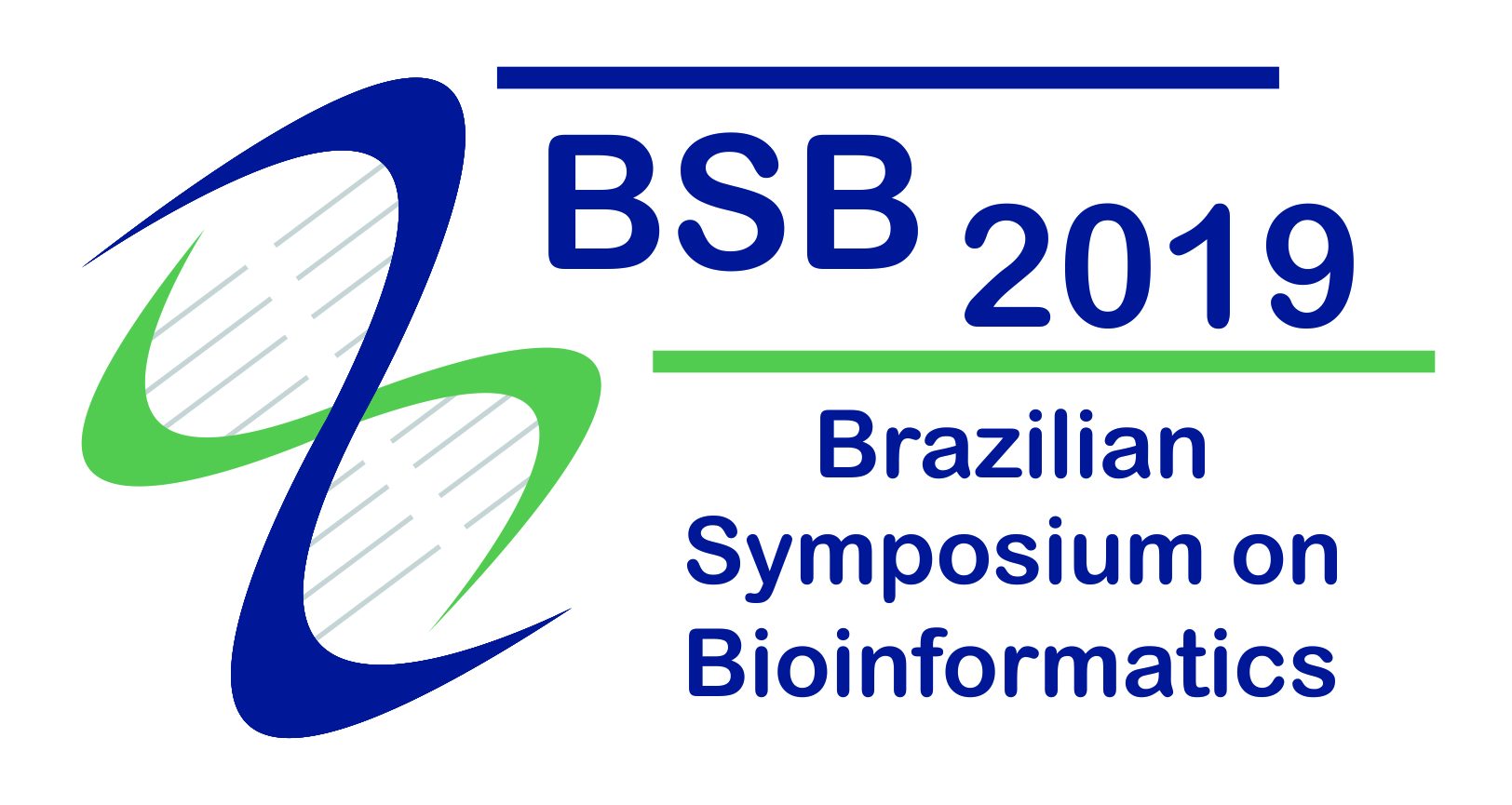Speakers

When bioinformatics meets databases: achievements and lessons learned
In recent years there has been a revolution in the way bioinformatics experiments and analyses are conducted. Bioinformaticians have to deal with several types of data that are gathered from diferent sources and complex simulations. New high-throughput technologies, such as New Generation Sequencing (NGS), produce a plethora of genomic data formats that describe gene expression levels, protein-protein interactions, and other information about how genes and proteins interact. In addition, the volume of produced data can be enourmous. Processing (promptly), querying, and extracting useful knowledge from this volume of heterogeneous data is an open, yet important problem. Since data-driven bioinformatics applications are a fundamental cornerstone of the database community as well, it becomes natural to ask how bioinfor matics and database fields relate to each other. In this presentation, we will discuss the interplay of bioinformatics with Database field, and we provide an overview of recent data management approaches to support bioinformatics experiments. The emerging requirements of bioinformatics experiments over new (and exciting) opportunities and challenges for both database and bioinformatics communities.
Short Bio: Daniel de Oliveira is a professor of computer science at Universidade Federal Fluminense in Brazil since 2013. His current research interests include scientific workflows, provenance, bioinformatics, cloud computing, data scalable and intensive computing, high-performance computing, and distributed and parallel databases. He serves or served on the program committee of major international and national conferences (VLDB, IPAW, IEEE eScience, SBBD, etc.) and is a member of IEEE, ACM, and the Brazilian Computer Society. In 2016, he received the Young Scientist scholarship from the State Agency for Research Financing of Rio de Janeiro, FAPERJ, and the Level 2 research productivity grant from CNPq. He supervised 5 doctoral theses and 15 masters dissertations and coordinated projects funded by CNPq and FAPERJ. He has 2,185 citations in Google Scholar, an h-index of 23. He has published many technical papers and is a co-author of the book “Data-Intensive Workflow Management For Clouds and Data-Intensive and Scalable Computing Environments” published by Morgan & Claypool in 2019. More details in DBLP (http://dblp.uni-
trier.de/pers/hd/o/Oliveira 0001:Daniel de).
Binding of Small Ligands to Two-state Membrane Proteins
Understanding how lipophilic small ligands impact membrane proteins requires knowledge on the molecular structure of ligand binding, a reasoning that has driven relentless efforts in drug discovery and translational research. Binding of such ligands appears however highly complex involving interactions to multiple transmembrane protein sites featuring single or multiple occupancy states in a concentration-dependent manner – a process that might depend further on chemotypes, protein types and conformations. Looking for new developments in the field, we will present and discuss a statistical mechanical formulation of the equilibrium properties of ligand binding to membrane proteins, clarifying the impact of multiple binding events on the energetics of two-state membrane proteins intrinsically driven by a variety of thermodynamical conjugates. The theory in combination with docking or flooding MD may be of special interest by establishing a microscopic framework to be linked with macroscopic measurements. Illustration of the approach will be presented in the context of anesthetic binding to ion channels, highlighting how such calculations in combination with measurements have been applied to investigate anesthetic action.
Short Bio Werner has a B.S. degree in Biology (1998), Ph.D in Molecular Biology (University of Brasilia, 2003) and Ph.D. in Theoretical and Computational Chemistry (University Henri Poincaré, 2004). Before becoming an Associate Professor at the University of Brasilia (2009), he was a Post-Doctoral fellow at Tarek’s group (University Henri-Poincaré, FR) and at Klein’s group (University of Pennsylvania and Institute for Computational Molecular Sciences, US). His research concerns the use of high-resolution crystal structures in combination with MD simulations and an arsenal of cutting-edge MD-related methodologies to investigate the structure and function of membrane proteins and their regulation by ligands.

